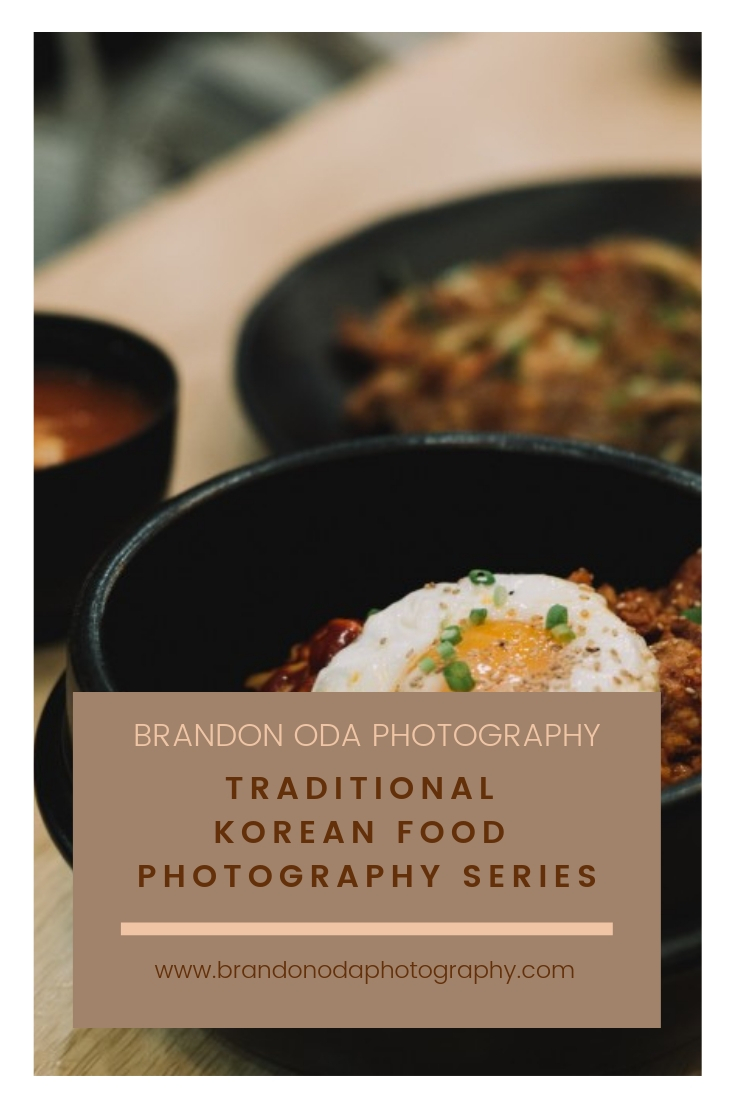Traditional Korean Cuisine Photography Series

Korean food is different than other Asian foods. The tastes are phenomenal, but if you want to look at a cuisine named by the number of sides it has, then Korean food is what you are looking for. This series will help us discover Korean cuisine as we’ve never seen it before.
Korean Cuisine
Korean cuisine has evolved through centuries of social and political change. Originating from ancient agricultural and nomadic traditions in Korea and southern Manchuria, Korean cuisine has evolved through a complex interaction of the natural environment and different cultural trends.
Korean cuisine is largely based on rice, vegetables, and meats. Traditional Korean meals are named for the number of side dishes (banchan) that accompany steam-cooked short-grain rice. Kimchi is served at nearly every meal. Commonly used ingredients include sesame oil, doenjang (fermented bean paste), soy sauce, salt, garlic, ginger, pepper flakes, gochujang (fermented red chili paste) and napa cabbage.
Ingredients and dishes vary by province. Many regional dishes have become national, and dishes that were once regional have proliferated in different variations across the country. Korean royal court cuisine once brought all of the unique regional specialties together for the royal family. Foods are regulated by Korean cultural etiquette.
Culinarian Stories
Korean culture and food are rich in history. Some of the ingredients are even dated back to the Chosun Dynasty (the 1400s). Special foods are not only specific to regions but also important events and religions. Korean cuisine specializes in Buddhist cuisine, Vegetarian, Ceremonial, and even street food. Dining etiquette in Korea can be traced back to the Confucian philosophies of the Joseon period.
Culinary Meanings
Korean cuisine can be traced back to prehistoric periods. It changed with the way the world changed around them and each time it was for the better. We will look at food from prehistoric times, Three Kingdoms period, Goryeo period, Joseon period, and the Colonial period to Modern periods. We will also look at how the Royal Court’s cuisine differed to that of every day Korean peoples.
Through this series, we’ll discover a rich culture filled with historical and delicious foods. So stay tuned for this series to go live. In the meantime, how far back can you’re families traditional foods be traced?

